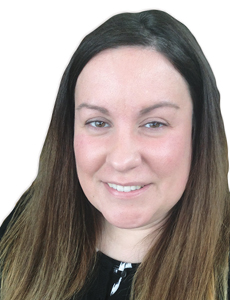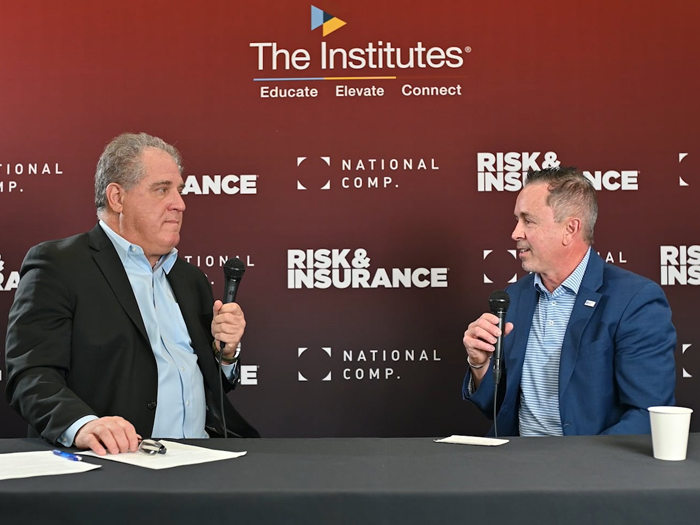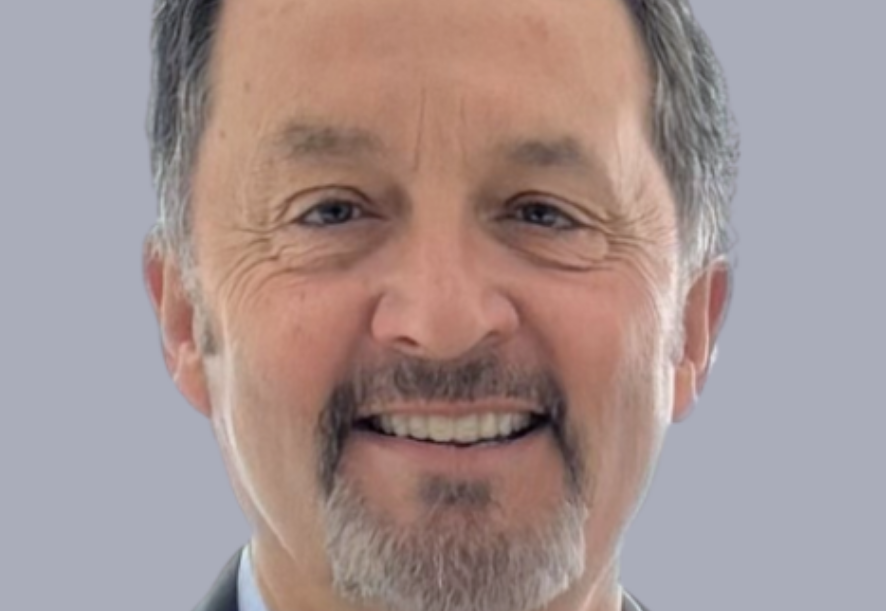Why Pharmacy Staff with Varied Backgrounds Are Key to a Successful PBM Clinical Program

Over the past few decades, pharmacists’ roles and responsibilities have undergone a profound shift.
Medications are becoming more complex. New software and analytic systems are now available, so they can assess utilization rates and determine whether a particular drug is being overprescribed.
On top of that, new drugs are being developed and released every day. Pharmacists need to keep up to date on what new medications are out there, any possible side effects and how they interact with other drugs. They need to constantly keep learning.
“We have to stay on top of it, and using analytical and review software is definitely assisting with that,” said Tron Emptage, MA, RPh, chief clinical officer at Optum Workers’ Comp and Auto No-Fault.
One way workers’ comp and auto no-fault payers can ensure that their patients are getting the best care possible is by partnering with a PBM that works with pharmacists from a wide array of clinical backgrounds. Each pharmacist will bring different levels of knowledge and experience to the table, allowing them to tailor their services to the particular injuries their insureds are exposed to.
How Pharmacists Support PBM Programs
Within a PBM, a pharmacist has a number of responsibilities. They create and review formularies, determine whether a particular drug is appropriate for a particular injury, conduct clinical roundtables, monitor utilization, analyze program data and transactions, and help monitor for potential fraud or medication misuse.
“If you boil it down, we identify a problem, we address the problem clinically or programmatically, and we make recommendations to drive more positive outcomes for patients and payers,” Emptage said.

Tron Emptage, MA, RPh, chief clinical officer, Optum Workers’ Comp and Auto No-Fault
“We’re going to identify an issue and we’re going to try to address it. We just have to stay current on what those issues are, whether it be for the individual or the population of claimants, to bring about good outcomes, because that’s what we want. We want the best outcomes for the claimant and payer at the end of the day.”
Their roles are varied, but through it all, they try to do what’s best for insureds and the patients they help treat. If a drug isn’t appropriate for a particular injury or if it could interact with other medications a worker is on, the PBM pharmacist will flag it and help get the patient on a more appropriate treatment path.
“One of the things that we’re trying to focus on more is really putting ourselves in the position of the patient,” said Adrienne Harris, PharmD, associate director of clinical services at Optum Workers’ Comp and Auto No-Fault.
“Put yourselves in the shoes of someone who’s really just trying to get care and who’s trying to get better.”
Pharmacists are also heavily engaged with a client’s program data: “We work with clients to make sure we’re doing appropriate analytics, and we’re evaluating their program and having check-ins to make sure we’re meeting their goals and objectives,” Harris said.
Varied Expertise, Better Outcomes

Adrienne Harris, PharmD, associate director of clinical services, Optum Workers’ Comp and Auto No-Fault
Since a large part of a PBM’s role is monitoring utilization levels and ensuring injured parties receive appropriate treatments, it helps if the PBM employs pharmacists with a diverse range of experience. A pharmacist with a background in hospice care might have increased experience managing opioids; one with experience working with hospitals may have knowledge of navigating treatment protocols or regulations that can be applied to the workers’ comp world.
“The drugs are the drugs,” Emptage said. “Each has a certain set of effects and side effects, but every individual is different. To make sure treatment is progressing, it’s really about how you’ve used your professional education and clinical training in these various scenarios to help recommend the best path of treatment for each individual.”
One specific example Emptage and Harris cite relates to mental health challenges. In the workers’ comp industry, mental health challenges are becoming a major topic of interest as states increase coverage requirements to cover illnesses like PTSD for first responders. If a workers’ comp program leader is less familiar with treating those kinds of injuries, they might benefit from the clinical guidance a pharmacist with a mental health background can provide.
“One of our pharmacists has behavioral health experience, and they really see patients through that lens, which aids in clinical recommendations,” Emptage said.
Larger PBMs Are More Likely to Provide Diverse Perspectives
One advantage of working with a large PBM is that it’s more likely to have clinical staff from different backgrounds. Smaller clients whose workers’ comp programs may not have medical directors or clinically focused case managers may find these services especially beneficial, since they will be able to draw on the knowledge of a diverse range of clinical pharmacy staff.
“A lot of people on our team have come from all different kinds of backgrounds: retail, hospital, home infusion; some came from other PBMs,” Harris said. “We have a lot of different experience in trying to solve issues from a lot of those different places we’ve come from.”
Large PBMs can tailor their pharmacy services based on a client’s particular needs. If your industry is vulnerable to injuries where pain management is a concern, you can bring in a pharmacist with expertise in managing opioids.
“Certain payers gravitate toward different types of employer groups, so hopefully you can match some of that and align the pharmacists based on their backgrounds and experiences,” Emptage said. “You might have a payer that really focuses on service industries and the potential to be exposed to traumatic events that yield behavioral health concerns. Others, like hospitals, are going to have unique needs due to infectious exposures.”
Emptage likened selecting the right size PBM to a student finding the right university: “You can make a large university feel small when you get into your college of study, but if you go to a small university or small college, you can’t make it feel large, because the resources aren’t always there,” he said. PBMs are the same way. A small PBM may not have a diverse array of clinical staff who can provide varied support based on the needs of the payer. &










